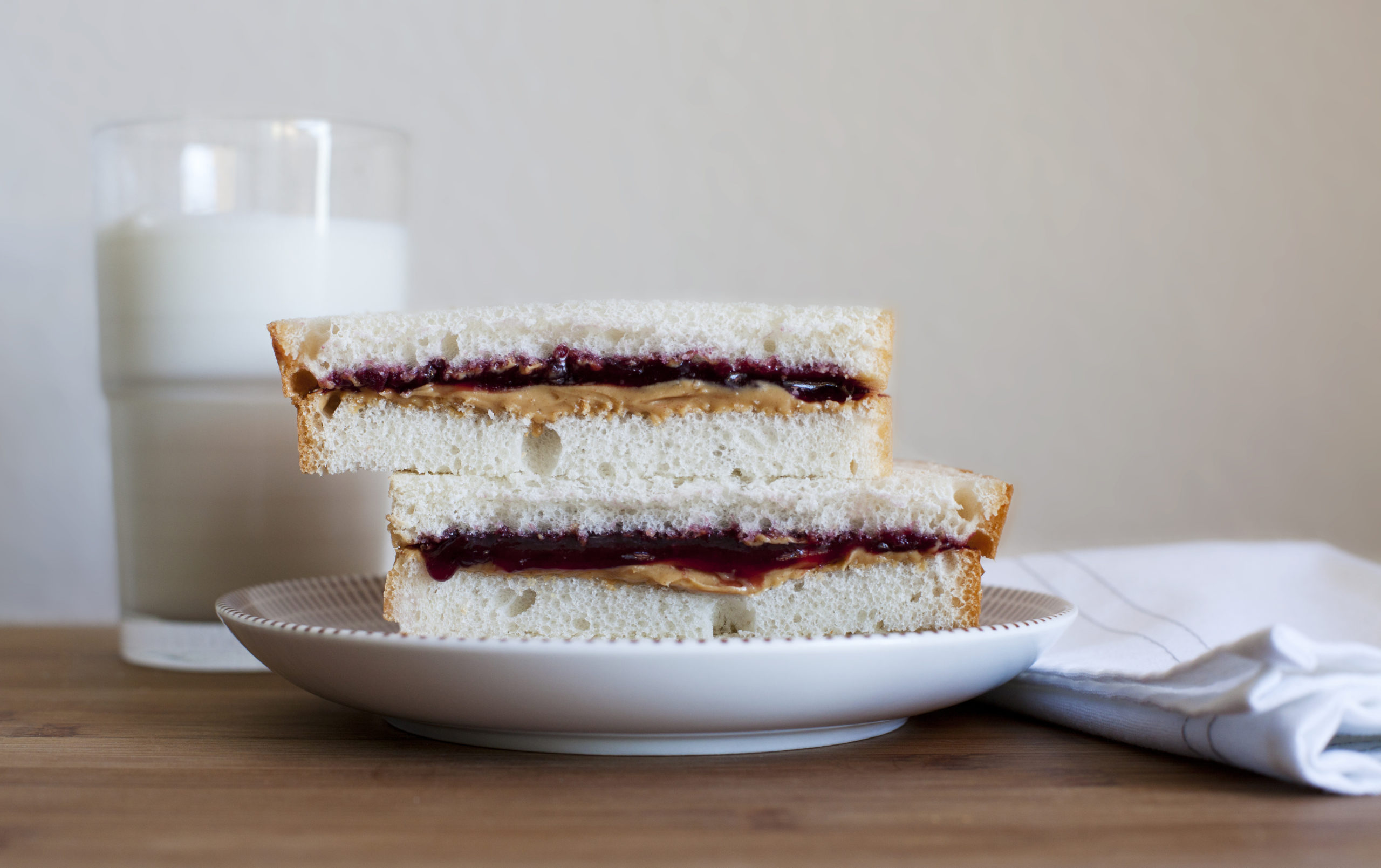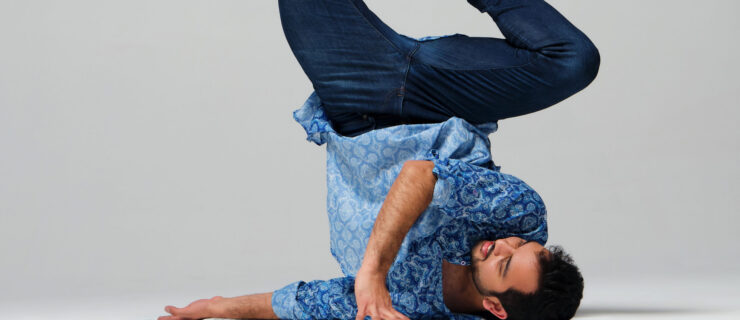5 “Bad” Foods That Actually Offer Solid Nutritional Benefits
Dancers know they need to eat well to fuel their performance. However, pervasive messages from diet culture, combined with dancers’ perfectionistic tendencies, often lead them to label certain foods as “bad.” In addition to damaging your overall relationship with food, dietitians say this habit could lead you to miss out on some real nutritional benefits. The following foods deserve a second look.
“White” Foods
You’ve probably heard you should avoid things like regular pasta, potatoes, white rice and white bread, because they are sources of refined carbohydrates. When eating a full meal several hours before activity, says dietitian Kristin Koskinen, RDN, you should aim for a balance of fat, protein and complex carbohydrates like whole grains. But right before or during a long rehearsal or performance, “refined carbohydrates give dancers quick, ready energy,” says Koskinen. One sign you need to switch to a more easily digestible carbohydrate snack? Bloating or belly pain while dancing.
These foods aren’t without nutrients. “White rice and potatoes, when cooked and then cooled, form resistant starch. The bacteria in your gut use that to make fuel that helps heal your intestines,” says Koskinen. Marie Scioscia, RD, CDN, nutritionist at The Ailey School, adds that potatoes also contain some iron and folate, which helps prevent a certain kind of anemia.
Whole Dairy
Many dancers choose fat-free dairy products, believing that they’re healthier. But, says Koskinen, “you need fat to absorb certain vitamins, including A, E, D and K.” In particular, whole-fat dairy is a source of vitamin D, which dancers need for immune health, mood and bone health, among other things, she says. “It’s a fat-soluble vitamin, so if you take the fat out of the milk, you take the vitamin D with it.”
Milk also contains whey, a type of protein that is particularly helpful for muscle health and recovery, says Koskinen. As a treat after training, try chocolate milk—in addition to boosting your recovery with vitamin D and whey protein, the chocolate contains anti-inflammatory compounds called “flavonoids,” says Scioscia.
Popcorn
When people think of popcorn, they tend to think of movie theater fare laden with butter-flavored oil. But lightly oiled and salted popcorn is a perfectly healthy snack. “Popcorn is actually 100 percent whole grain,” says Scioscia. “It provides a lot of fiber and contains antioxidants like polyphenols, which promote cell health and help prevent cancer.”
Sports Drinks
Coconut water is trending as a “healthier” alternative to sports drinks like Gatorade because of its lower sugar and sodium content. But sodium and sugar are exactly what you need in a sports drink, says Koskinen. “Is it hot and humid? Are you working hard for more than an hour? A sports drink may be appropriate,” she says. Look for one with 200 to 300 milligrams of sodium—far more than you’ll find in coconut water—to adequately replace what you lose through sweat. In addition to providing you with energy, says Koskinen, the sugar is necessary to help your body properly absorb water.
Peanut Butter and Jelly
This classic kids’ snack isn’t junk food. “Peanut butter is a great source of protein and healthy fat,” says Scioscia. And don’t fear the sugar in that jelly. “A little bit makes things more pleasurable, and dancers should enjoy it without guilt,” she says.




